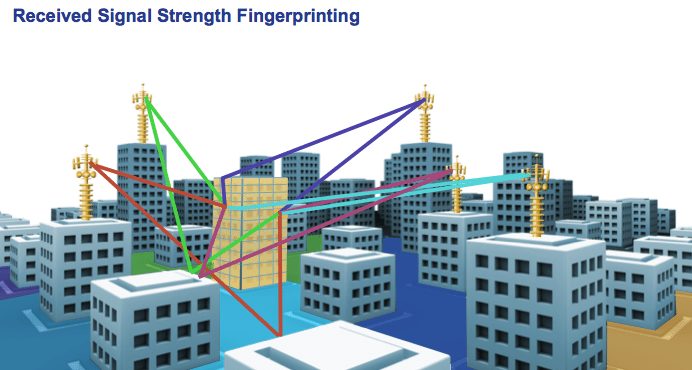Claudia Bacco, managing director – EMEA for RCR Wireless News, has spent her entire career in telecom, IT and security. Having experience as an operator, software and hardware vendor and a well-known industry analyst, she has many opinions on the market. She’ll be sharing those opinions along with ongoing trend analysis for RCR Wireless News.
Nokia Networks announced an investment in July to enable additional mobile network optimization services through an acquisition of a 3-D geolocation solution from NICE systems. Geolocation uses 3-D modeling to increase the accuracy of network planning and optimization for multivendor mobile networks.
The ability to successfully launch and maintain heterogeneous networks or HetNets in a city can be a challenge. For example, skyscrapers and bridges can cause performance problems; but which skyscrapers and bridges are the issue? Are dropped calls a result of skyscrapers interfering with the signal? A high amount of usage? Is it constant or only at certain times of the day? Is it a section of a city grid or just a single building? Is it connected to indoor or outdoor usage? All of these scenarios prove challenging to identify with traditional network planning tools and can require a great deal of time for operators’ technicians to check locations via a drive or walking test.
This is where 3-D can make all the difference. After a few months of getting things integrated into the Nokia Networks services portfolio, there are four use cases available as a result of this new functionality. The tool is currently multivendor for 2G and 3G with support for Nokia Networks LTE. There are plans to integrate additional vendors in 2015 for LTE. The four use cases are highlighted below.
- Hot spot location identification: The ability to identify where the traffic load is coming from at a more granular level is the focus of the first use case. In a traditional solution (shown on the left in the diagram below), you are only able to tell the 50m grid within which there is an issue. With the 3-D view (shown on the right) you are able to dig deeper, through six layers, to define if the traffic is coming from outdoor usage or indoor usage and what building is causing the issue if it is confirmed to be an indoor problem. Decisions can then be made to determine if the problem should be solved through small cell deployment or tuning the macro antennas already in place.

- Performance monitoring: Dropped calls can pose a problem in the identification of the cause. By taking the identification of the building to the next level, the 3-D solution is able to pinpoint which floor(s) of a building are causing the problem. Again, aiding in planning for small cell deployment.
- RF optimization: This tool allows operators to build a model of the area in which they need to solve a performance problem. In doing so, the operators can predict how the signals from the cell towers propagate within the area in question. Are they covering the area in question or are signals bouncing off buildings causing the interference? Increasing signal strength may or may not be the answer based on the landscape challenges being dealt with. Being able to model different views allows testing before acting.

- Drive and walk test reduction: While an operator might know that there’s a call drop problem in a specific region along a bridge, tunnel or raised roadway, determining the exact location requires a drive or walk test. The 3-D mapping tool can identify the area that needs attention without having to send manpower out into the field.
Nokia Networks sells this solution as a service and it doesn’t necessarily connect to selling more network infrastructure. Depending on their needs, the service organization works with customers in a few different ways: First is solving a specific problem where there is a set timeframe and deliverable, which includes identification of the problem area, suggestions for resolution and provisioning within the existing network equipment if desired. Alternatively, a customer could purchase an ongoing service assurance program that maintains a specific level of performance in the network via the same steps just detailed.
Nokia Networks currently has seven to eight pilots in place with a waiting list for as many more. It also has commercial opportunities preparing to go live. This tool seems a logical step for operators to diagnose and model solutions via a computer instead of spending resources to verify and validate the cause of these issues manually or potentially deploying the wrong fix for a problem.

